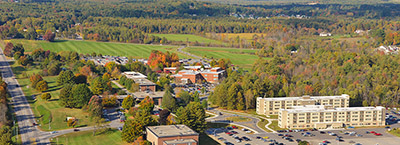In an earlier post I referred to the first computer as the Eniac computer. That drew a lot of criticism, which is OK with me. There seems to be some controversy and I would like to try and expand on the topic a little bit.
Let’s face the fact that without the modern “computer”, very few of our modern conveniences would be so cost effective. Control in almost any form, industrial, commercial, appliance, automotive, you name the discipline, you will find a computer at the center of the action. Computer technology continues to decline in cost and increases in capability. And the modern microprocessor is certainly a requirement for all motion control, robotics and motor control applications.
One point that bears expanding; what exactly is a computer? This is a trivial point when you consider the history of the computer. Most of what we would call computers were dedicated to cryptography during wartime. Each country would set up a code system and the opposing intelligence agency would spend a lot of time trying to figure out the code in order to find out about military activity.
In fact, the early history of the “computer” had to do with methods of solving mathematical problems using “mass production” methods. Can complex mathematical problems be “programmed” and solved by using nothing more than addition and subtraction? Common problems in engineering required tables of trigonometric functions and solving simple logarithms accurately. Charles Babbage in the early 1800′s solved the problem of “automating” these processes with a mechanical “calculator”.
Ironically, the mechanical effort required was significant, and while there was support for the idea, the actual machine Babbage designed was never built in his lifetime. The first “Difference Engine No. 2″ was built in 1991 and performed it’s first calculation to 31 decimal places. Pretty amazing for a mechanical calculator weighing in at several tons and the size of single car garage. Although the underlying rules eventually led to modern computing, I’m not sure this is a real computer.
So were the famous “code breakers” like the Enigma, really computers? Not in my opinion, but the point could certainly be argued. These machines were dedicated to cracking alphabetical encryption codes during the war and not capable of solving any other problems.
A computer is a general purpose problem solving machine using digital processes under programmed automatic control. Which the early Eniac was. The computer of the 1940′s era was a vacuum tube operated system that could solve any problem that could be described in the programming languages of the time.
And by the way, the cellphone in your pocket has more computing power than anyone in Princeton could have imagined in 1941.
Filed Under: Mechatronic Tips



